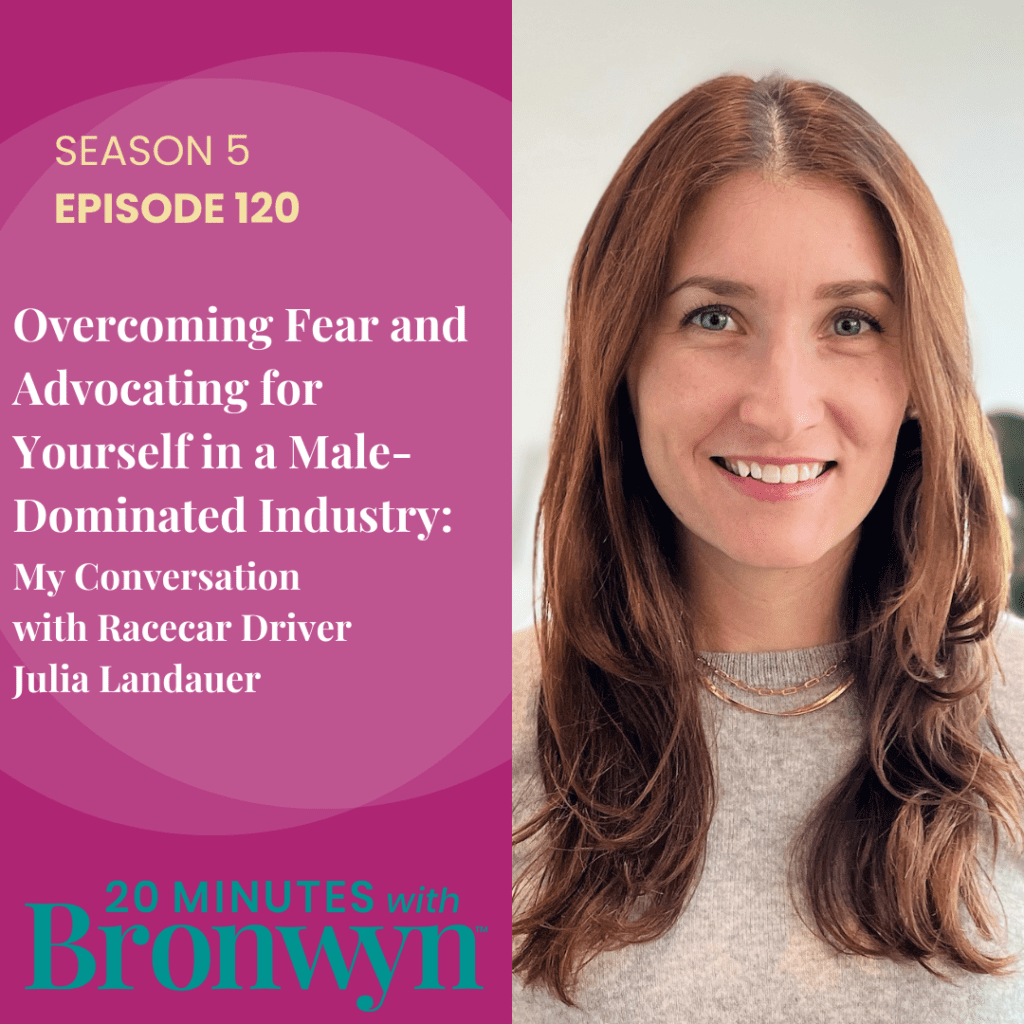Mansplain (verb) : (of a man) To explain (something) condescendingly to a female listener, especially something she already knows, presuming that she has an inferior understanding of it because she is a woman.
I find this term makes the men in my life feel terribly uncomfortable. They wonder if they are guilty of mansplaining. They wonder if I think they are guilty of mansplaining. Or they get worried that a man-hating tirade is about to begin.
Worry not, my brothers. It’s not that kind of party.
I’ll lay out some examples of mansplaining, and offer some options to my gals on how to communicate with a mansplainer.
To the men reading this, as I said before… read on! The more aware we are of these dynamics, the faster we can transcend the limiting behaviors that keep us locked in this crappy gender imbalance.
High Profile Mansplaining
My all time favorite example of mansplaining comes from NASA.
Jessica Mier is an astronaut. She’s also a comparative physiologist. She tweeted about her experience entering the “space equivalent zone” posting a picture of herself in a space suit sitting beside a beaker of water as it “spontaneously boils.”
A man on Twitter then responded with an epic act of Mansplaining. He tweeted back:
“Wouldn’t say it’s spontaneous. The pressure in the room got below the vapor pressure of the water at room temp. Simple thermo.”
Nothing like explaining “simple thermo” to an active NASA astronaut.
I don’t believe she responded, but boy, the rest of Twitter did, and the response was swift and merciless. I’m pretty sure the guy ended up deleting his Twitter account.
I wish I could say this is a one-off thing, but it’s not. There’s even a tumblr called Men Explain Things to Me (which then became a book, by Rebecca Solnit). It’s actually pretty hilarious. And also sad.
We Have Options.
When I encounter mansplaining, I give myself two choices:
1) Partial Deafness or
2) Pause & Engage
1) Partial Deafness
Recently a grocery clerk at Safeway and I had the following conversation:
“You on your way to work this morning?” He asked.
“Yes, I am!” I said.
“What line of work are you in?”
“I’m a public speaking coach.”
He offered, “Well, tell your next client this piece of advice: Tell the audience what you’re about to tell them, tell them, and then tell them what you told them.”
I’m pretty sure that if I had been a man, it would never have occurred to the clerk to say “tell your client this piece of advice…” But maybe that’s just me.
Did I want to launch into a delicious riff of “Yes, I am well aware of that technique, but I’m not a fan, so I will not, in fact, be sharing it with my client.”
Sure.
But aside from the fact that I’m pretty sure the guy meant well and was just sharing a bit of what he knew of my field, I didn’t engage with him because he wasn’t standing in the way of me doing my job. Partial deafness, yo.
Now, contrast this with a different scenario.
2) PAUSE & CHECK IN
Several years ago, I was brought in to coach a CEO just before his big Analyst Day presentation, and the CEO’s support person, we’ll call him Mark, was sitting between me and the CEO. As we started going through the PowerPoint slides, Mark says to me, “don’t worry about the numbers, there’s not enough time to explain them to you.”
It was a needle off the record moment.
Just so we are clear, the numbers WERE the story of the CEO’s analyst day presentation. Who in their right mind would hire a coach who is incapable of grasping the basic concepts and language (i.e., numbers) of the presentation??
This was a case of mansplaining getting in the way of me doing my job.
I wish I could say that in that moment I used the beautiful PAUSE + CHECK IN technique I often espouse (more on that below).
Instead, when he said “don’t worry about the numbers, there’s not enough time…,” I said in a flat voice, “I understand the numbers,” and I locked eyes with this man and held his gaze without speaking for a full inhale and exhale. The room was silent. In that one moment of connection, Mark knew he’d made a grave error, and he immediately apologized. The poor CEO shifted in his seat, unsure what to do next.
We got through it, Mark and I managed to have a decent working relationship, and my client the CEO did beautifully, but I didn’t feel good about the interaction. I don’t believe in shame as a technique for teaching. Ever. And I had shamed this man with my Vulcan death stare.
It would have been more powerful, and more effective, to use the PAUSE + CHECK IN technique, which I have since used far more successfully. Had I used it with Mark, my words would have sounded less like a death threat, and more like this:
“Actually, before we dive in, I’m sensing there may be concern about my understanding of the financial terms and metrics here.”
(That’s the PAUSE part)
“Just to put your minds at ease, please know that this is not my first rodeo, and I’m fairly comfortable with these terms and metrics. If we hit something I don’t understand, I’ll ask for clarification. Otherwise, let ‘er rip!”
(That’s the CHECK-IN part)
ID Your Triggers
The reason I didn’t employ my own technique in that moment is that Mark had unknowingly set off my biggest trigger: financial terms and numbers. Because Mark wasn’t the only one programmed from childhood to believe that women are incapable of understanding complicated financial data. I was programmed to believe that I would grow up to be incapable, too. I have had to work hard to reprogram my belief in myself and my capabilities. It is still a sensitive issue for me, and Mark stepped right into the middle it.
Why is that relevant to this discussion on mansplaining?
Because I’ve noticed I can easily move past the mansplaining and assume only the best about the mansplainer when I’m completely confident about the topic at hand.
But it is more challenging to stay grounded and positive when the mansplaining is focused on an my insecurity.
Befriend Your Triggers
In retrospect, I missed a crucial step in my preparation for the meeting. I had done all of my homework, I knew the company and its strategy. I understood the CEO’s goals for the presentation. I knew where the pitfalls would be for him. I had done all of the outer work in advance of the conversation.
I had forgotten the inner work required for me. I may have been aware of the pitfalls my client needed to navigate, but I had forgotten to prepare for the pitfalls waiting for me in this interaction. For me, I knew that an analyst day presentation was right in the crosshairs of a weakness I have worked hard to turn into a competency. Had I taken the extra 10 minutes to think this through, I would have realized that in this coaching session, more so than any other, I would need access to my cool. My grace. My wisdom. Had I acknowledged this, I would have been more prepared and less surprised by my own reaction to getting triggered.
Identifying the patterns that bring forward our indignation and feelings of “how DARE he?!” is key to staying cool and calm if we are attempting to influence the world around us.
When we are faced with mansplaining, it can be disheartening, infuriating, and frustrating beyond words. But if you think about it, despite it being the year 2016, as a society we are still in the early stages of shifting towards gender equality. As women, we’ve been relegated to the back seat (or the trunk, actually) for thousands of years, so it’s going to take time for humanity to catch up. I mean jeeze, women couldn’t get a credit card, or a home loan, or otherwise have financial agency without a husband or father co-signing until the 1970s. We’ve only been allowed to vote since 1920. The Equal Rights Amendment still has not passed.
This whole equality thing is terribly new. Sometimes we just have to give each other a wide berth.
RGB In the House (or the Court, as it were)
We have every right to become furious and indignant when someone explains something to us in a condescending manner. Especially when that something happens to be a field we are experts in.
But just because we have a right to feel that way doesn’t necessarily mean that responding from a place of indignation will get us the results we are looking for.
Supreme Court Justice Ruth Bader Ginsberg wrote a beautiful piece for the New York Times (adapted from her memoir, My Own Words) and said wisely of marriage, “it helps sometimes to be a little deaf.” She goes on to say, “I have employed it as well in every workplace, including the Supreme Court. When a thoughtless or unkind word is spoken, best tune out. Reacting in anger or annoyance will not advance one’s ability to persuade.”
And that is what we are here to do, my sisters—advance our ability to persuade.
As Shonda Rhimes says in her wonderful memoir Year of Yes, as women we are often “First… Other… Different…” in our fields and careers. And with FOD status comes the responsibility to learn how to choose our battles—distinguishing those that are worth confrontation, from those that are worth the Notorious RBG treatment of partial deafness.
Every Conversation Counts
I just came from the Registrar of Voters and cast my vote for the President of the United States. For the first time, a woman’s name appeared on that ballot and my tears streaked the pen marks next to Hillary’s name. Change is happening. It’s imperfect, it’s messy, and slower than we would like.
But friends, what I know for sure is that every conversation is an opportunity to create a moment of connection and understanding.
We make progress not by shaming those who insult us, but by pausing, engaging from a place of positive regard and showing that the way forward is together.
Every conversation counts. And what an incredible opportunity you and I have to be the change we want to see in the world.
We need only the eyes to see it that way.
















